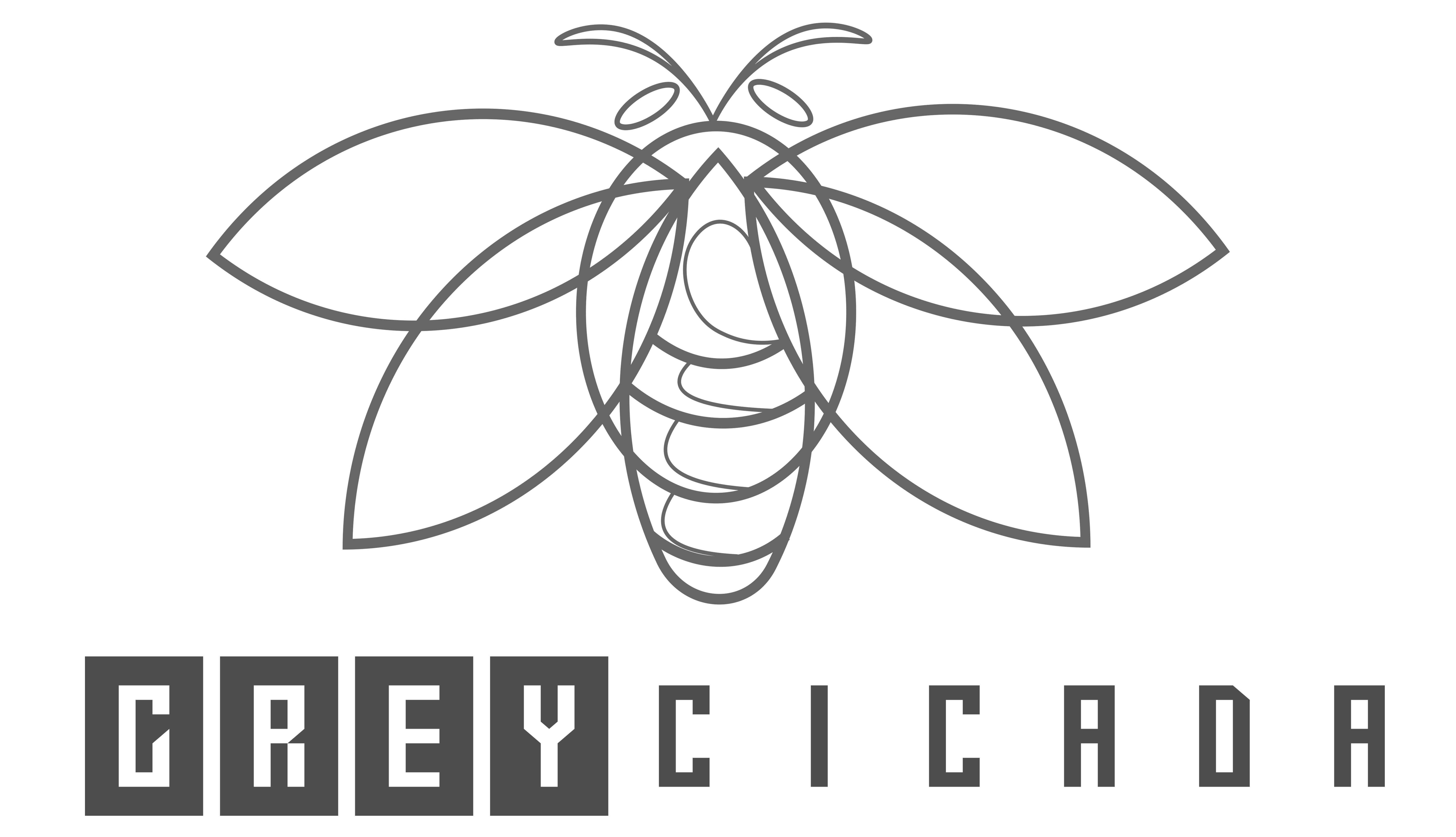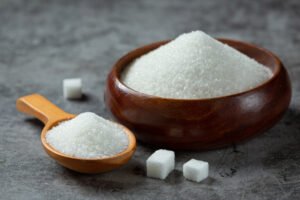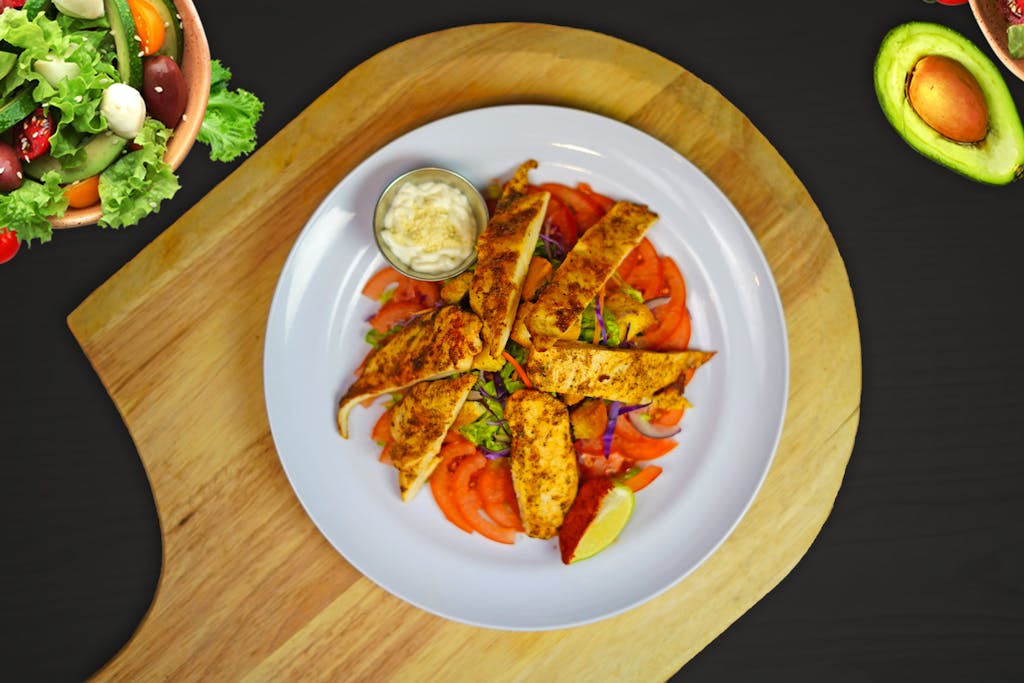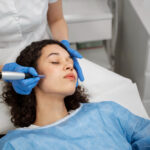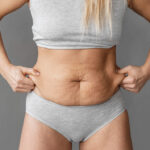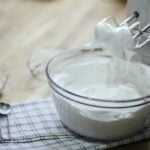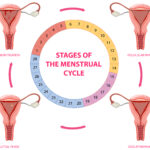FREE SHIPPING OVER $50
Follicular Phase Demystified: Your Guide to Radiant Well-being
The follicular phase also known as the pre-ovulatory phase is when your body prepares for ovulation, the release of an egg from your ovaries. It is also when you feel your best, with high energy, clear skin, and a positive mood. But do you know how to make the most of this amazing time? Do you know how to optimize your health, happiness, and productivity during the follicular phase? Do you know how to avoid the common pitfalls and challenges that can sabotage your well-being? If not, don’t worry. We are here to help you. In this blog post, we will demystify the pre-ovulatory phase and show you how to embrace it as a powerful ally for your radiant well-being. You will learn what the follicular phase is, how it affects your body and mind, and how to sync your lifestyle with it. So let’s get started!
Understanding the Follicular Phase
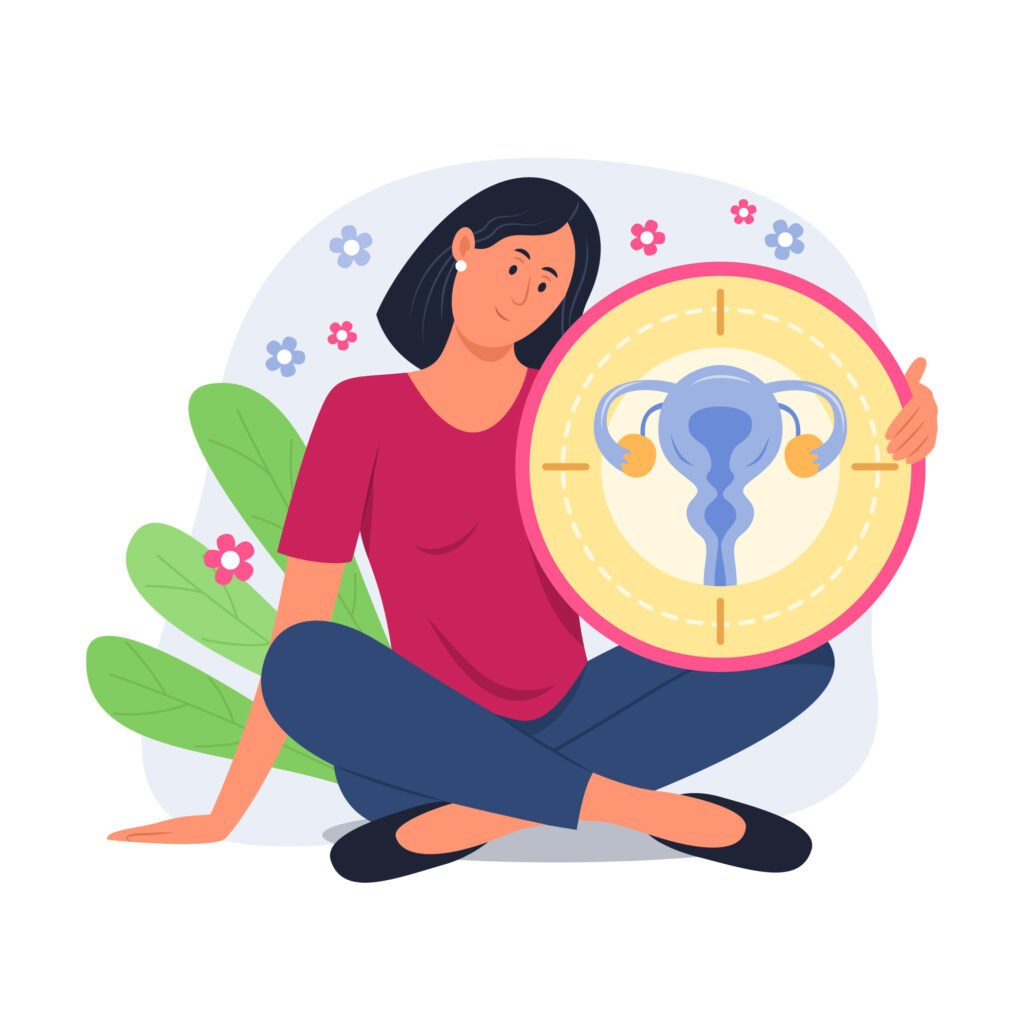
The follicular phase is the first part of your menstrual cycle, when your body prepares for ovulation. It starts on the first day of your period and ends when you release an egg from your ovary. The follicular phase can be divided into two stages: the early follicular phase (menstruation) and the late follicular phase (pre-ovulation).
The Early Follicular Phase (Menstruation)
During the early follicular phase, your uterus sheds its lining, causing bleeding. This is your period. It usually lasts for 3 to 7 days, but it can vary depending on your cycle. The bleeding is a sign that your body is getting rid of the old tissue and making room for a new one.
At the same time, your brain signals your ovaries to start producing estrogen, a hormone that stimulates the growth of follicles. Follicles are tiny sacs that contain immature eggs. In each cycle, one of these follicles will mature and release an egg. This is called ovulation.
Unveiling the Late Follicular Phase (Pre-Ovulation)
As your period ends, you enter the late follicular phase. This is when your estrogen levels peak and your body gets ready for ovulation. Your cervical mucus becomes thinner and stretchier, making it easier for sperm to swim through. Your basal body temperature may also drop slightly before rising again.
The most important event of the late follicular phase is the surge of luteinizing hormone (LH), which triggers ovulation. LH is a hormone that tells your dominant follicle to rupture and release its egg into the fallopian tube. This usually happens around day 14 of your cycle, but it can vary depending on the length of your follicular phase.
The Dynamics of Hormones in the Follicular Phase
One of the key hormones during the follicular phase is estrogen. Estrogen is responsible for thickening the lining of your uterus, stimulating the growth of follicles in your ovaries, and increasing your cervical mucus. It also boosts your mood, energy, libido, and cognitive function.
Estrogen levels are low at the beginning of the pre-ovulatory phase, as your body sheds the old uterine lining. They gradually rise as the follicles mature, reaching a peak just before ovulation. This is called the estrogen surge, and it triggers a surge of luteinizing hormone (LH) that causes one of the follicles to release an egg.
The estrogen surge also has a positive effect on your well-being. It makes you feel more confident, creative, and adventurous. It enhances your communication skills, memory, and learning ability. Estrogen also helps increase your blood flow, skin elasticity, and collagen production, giving you a radiant glow.
Estrogen is not the only hormone that fluctuates during the follicular phase. You also have low levels of progesterone, which is the hormone that supports pregnancy and balances estrogen. Progesterone levels will rise after ovulation, in the luteal phase.
Another hormone that changes during the pre-ovulatory phase is testosterone. Testosterone is a male hormone that women also produce in small amounts. Testosterone levels are highest around ovulation, and they contribute to your sexual desire, assertiveness, and competitiveness.
As you can see, the pre-ovulatory phase is a time of hormonal symphony, when your body and mind are in tune with each other. By understanding how your hormones change during this phase, you can optimize your health, happiness, and productivity.
Follicular Phase Symptoms/Signs
Some of the signs that you’re in the follicular phase include:
- Feeling more outgoing and social: You may want to connect with others, make new friends, or start new projects.
- Higher libido and sexual attraction: You may feel more aroused and adventurous in the bedroom, as your body becomes more sensitive and responsive.
- Clearer skin and shinier hair: You may notice that your skin glows and your hair looks healthier, as estrogen boosts collagen production and blood flow.
- Enjoying a sharper focus and memory: You may have an easier time learning new things, solving problems, or remembering details, as your estrogen enhances your cognitive abilities.
- Craving lighter and fresher foods: You may prefer salads, fruits, smoothies, or seafood, as your body needs more water and nutrients to support your egg development.
One of the best ways to support your health and well-being during the pre-ovulatory phase is to practice cycle syncing. This means adjusting your diet, exercise, and lifestyle to match your hormonal fluctuations. By doing this, you can optimize your physical, mental, and emotional wellness throughout the month. For example, you can:
- Eat foods that are rich in protein, healthy fats, antioxidants, and fiber, such as eggs, nuts, seeds, berries, leafy greens, or avocado.
- Do exercises that are fun, dynamic, and challenging, such as HIIT, dancing, cycling, or boxing.
- Engage in activities that stimulate your creativity and curiosity, such as painting, writing, reading, or learning a new skill.
- Spend time with people who inspire you and make you laugh, such as friends, family, mentors, or role models.
Duration Variations: Short and Long Follicular Phases
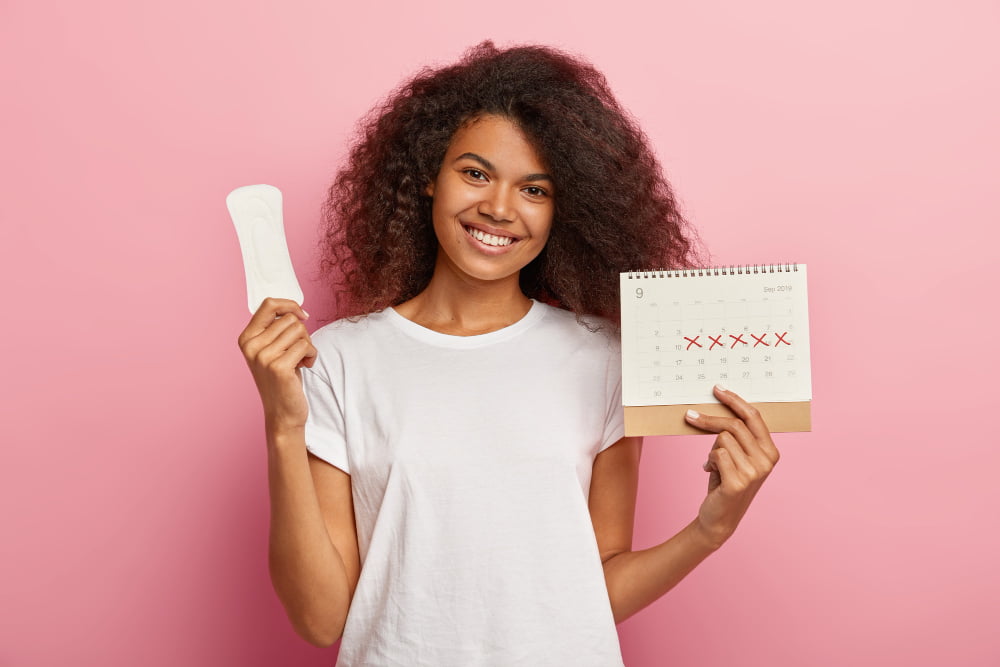
The average length of the follicular phase is about 14 days, but it can range from 12 to 18 days depending on various factors. The follicular phase begins on the first day of your period and ends on the day of ovulation. During this time, your body produces hormones that stimulate the growth and maturation of one or more follicles (fluid-filled sacs that contain eggs) in your ovaries.
The length of your follicular phase is influenced by your age, genetics, lifestyle, stress levels, nutrition, and environmental factors. It can also change due to hormonal imbalances, medical conditions, or medications.
Short Phase
A short follicular phase lasts less than 11 days. This means that you ovulate earlier than usual in your cycle. A short follicular phase can be a sign of low ovarian reserve, which means that you have fewer eggs left in your ovaries. It can also indicate low estrogen levels, which can affect your bone health, mood, and libido.
Long Phase
A long follicular phase lasts 18 days or longer. This means that you ovulate later than usual in your cycle. A long follicular phase can be a sign of high-stress levels, which can interfere with the release of hormones that trigger ovulation. It can also indicate high estrogen levels, which can increase your risk of estrogen-related conditions such as fibroids, endometriosis, or breast cancer.
Fertility and the Follicular Phase
You may be wondering if you can get pregnant during the follicular phase. The answer is yes, but only if you have sex near the end of this phase when ovulation occurs. Ovulation is the process of releasing an egg from your ovary, and it marks the peak of your fertility.
The length of the pre-ovulatory phase can vary from person to person, and even from cycle to cycle. Factors such as stress, illness, diet, exercise, and age can affect how long it takes for you to ovulate. This means that your fertile window (The days when you have the highest chance of conceiving can also vary).
The best way to determine your fertile window is to track your ovulation signs, such as basal body temperature, cervical mucus, and ovulation tests. These signs can help you pinpoint when you are about to ovulate, and when you should have sex to maximize your pregnancy odds.
Having sex during the late follicular phase, especially on the day of ovulation or the day before, can increase your chances of getting pregnant. This is because sperm can survive in your reproductive tract for up to five days, while an egg can only survive for about 24 hours after ovulation. If sperm are already present when the egg is released, they have a better chance of fertilizing it.
FAQs
The follicular phase typically lasts between 12 to 18 days, with an average length of 14 days. The duration varies for each woman and changes from cycle to cycle.
During the follicular phase, the egg matures, estrogen levels rise, leading to ovulation. Physical and mental energy peaks, making it an ideal time for socializing and plans.
The follicular phase starts with menstruation and concludes with ovulation, marking the transition to the luteal phase in the menstrual cycle.
Before You Leave
The follicular phase is not something to overlook or neglect, but a vital and natural part of your monthly cycle. By understanding the cycle and nourishing your body through each pre-ovulatory phase, you can enhance your physical and emotional health, and live a more vibrant and joyful life.
If you found this blog post insightful, explore more on female health by delving into our related articles:
- Seed Cycling for Hormones: Unlocking Hormonal Harmony
- Cycle Syncing Mastery: Harness Your Hormones for Productivity
- Kegel Exercises for Women: A Simple Guide
- Lifestyle Changes for Hormone Imbalance and Menopause Symptoms
- L-glutamine for Gut Health and Bloating
- How to Tighten Loose Skin Naturally
We trust you’ll find these insights valuable. Feel free to share and leave a comment if you have anymore questions.
